POKEs, maps and cheats.
I’m stuck onStarfield.
Fortunately, it’s 2023.
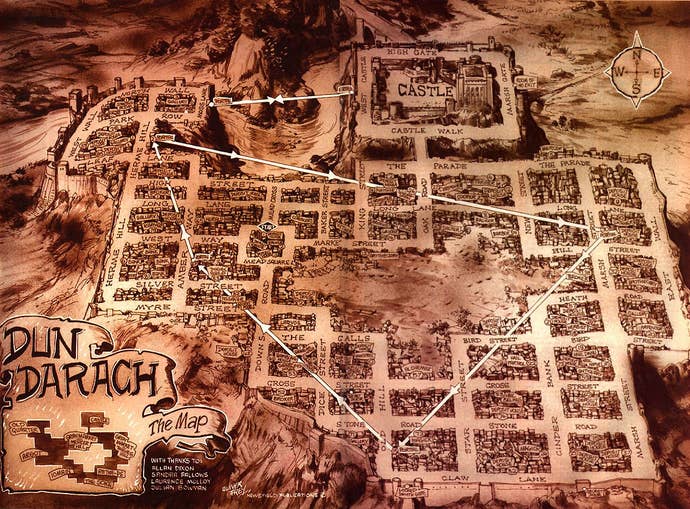
Ah, I press that button - now, only my current mission icon shows up.
And I need to upgrade my ship.
Or buy a better one.
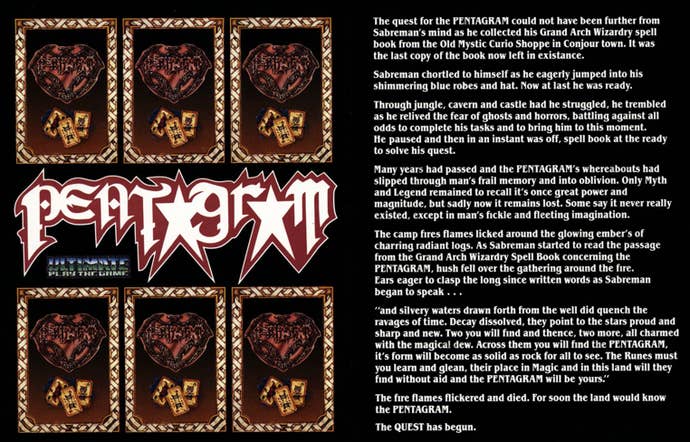
Here are the best ones, how much they cost and where to get them.
Rewind almost 40 years.
I’m stumped on Ultimate’s latest isometric epic, Pentagram.
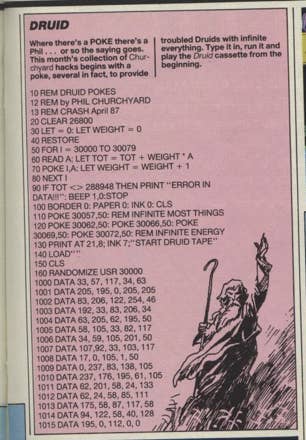
In typical Ultimate style, the instructions are eloquent but useless.
I’m wandering around, exploring the two-colour world, occasionally jumping over blocks and avoiding the odd nasty.
So, we networked, old school style and tips and tricks were swapped in the playground.
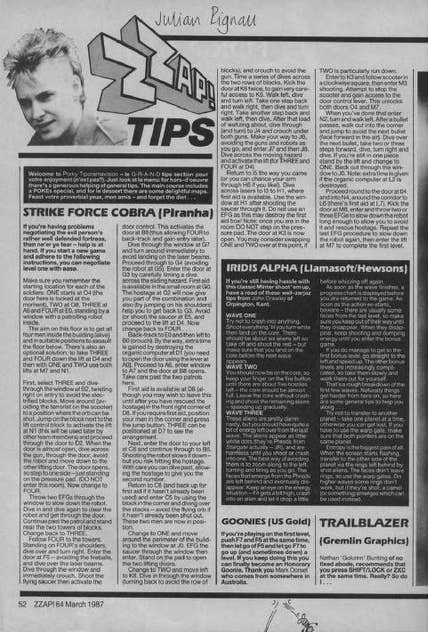
But that didn’t always work, especially with tougher games like Pentagram.
There was one avenue left.
In 1981, author Tom Hirschfeld released one of the first tips books, How To Master Video Games.

“I’d mastered the game over the summer and wrote this corner-by-corner guide.
By the time Newsfield began its famous Commodore 64 bible, ZZAP!
64 in the Spring of 1985, everyone knew the importance of a regular section dedicated to helping gamers.
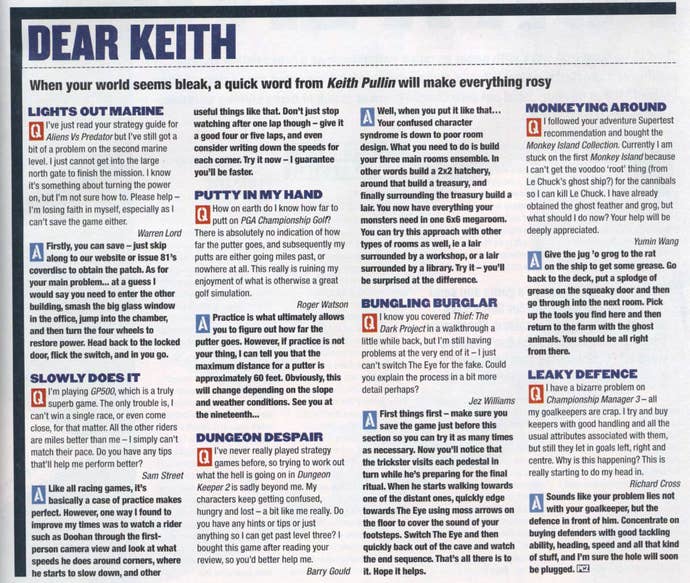
“It was a very important part of the magazine,” notes Rignall.
Each issue of ZZAP!
“The turnaround on POKEs was quick,” recalls Rignall.
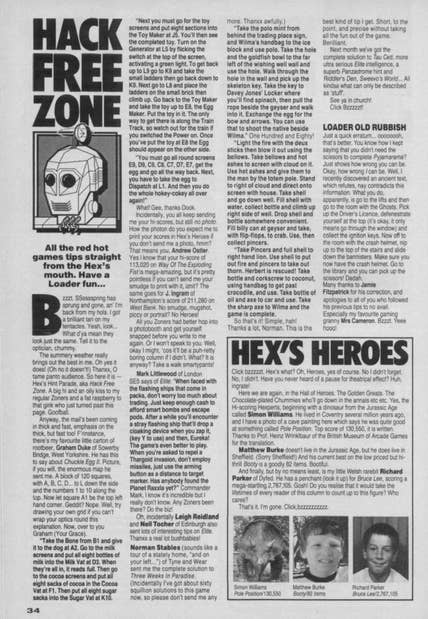
64’s sister mag, Crash, its early issues had been conspicuously without tips.
The editorial department soon caught on.
Boy, we treasured the maps.

Of course, it wasn’t just Newsfield that had a tips-related epiphany.
“The process started with a giant postbag,” smiles Roberts.
The final piece was the introduction paragraph.
Great fun to look back on.”
Not everyone feels the same.
64 and Newsfield’s Amstrad magazine, Amtix.
That job, inevitably, fell to staff writers.
Your Sinclair’s Phil South echoes Rignall’s thoughts.
“It was a breeze, apart from the laborious re-typing of everything.
All I had to do was come up with some good jokes.
Actually, that pretty much sums up my entire journalistic career.”
“He was a very meticulous cove, old Berkbilge,” laughs South.
“He had very tiny precise handwriting that looked like notes taken by miniature spiders.”
Coveted by readers, the tips pages engendered mixed emotions for the journalists behind them.
As the 8-bit era subsided, games became less esoteric but more complex.
Incredibly, one of his first roles was writing an ‘agony aunt’ style tips section called Dear Keith.
Well, if he could.
“Quite often [the letters] just didn’t make sense,” he grins.
Pullin also took over the guides section, writing enormous pieces dedicated to one game in particular.
Then, you had to get precise screenshots of the exact thing you were talking about.
It was probably some of the most gruelling work I’ve ever done."
And that wasn’t even the most challenging part.
“That was editing it all down to 2500 words.
It meant that a level on something likeCarmageddon2 would be distilled down to ‘Kill everyone.
Enter the shopping mall.
Exit the mall.’
I often wondered if this level of vagueness actually helped anyone.”
But it wasn’t to last.
The internet had won.
“Magazines were always about being part of a club,” reminisces Nick Roberts.
The internet has never really replaced that."